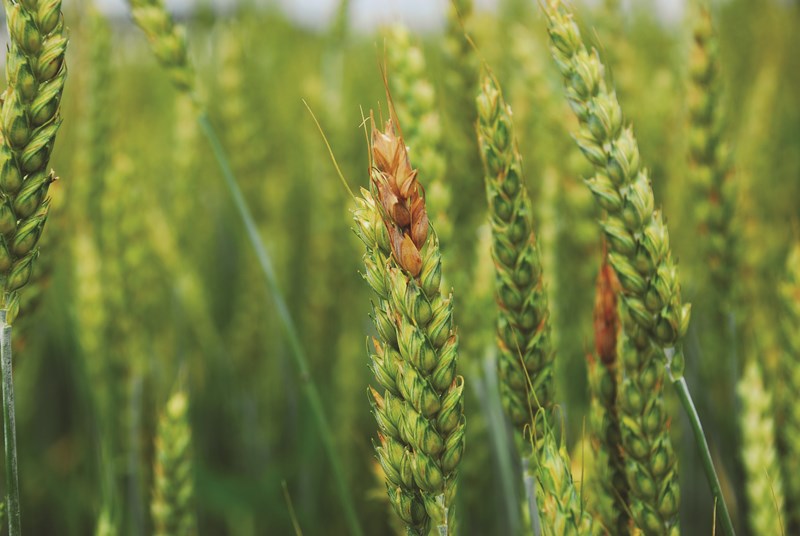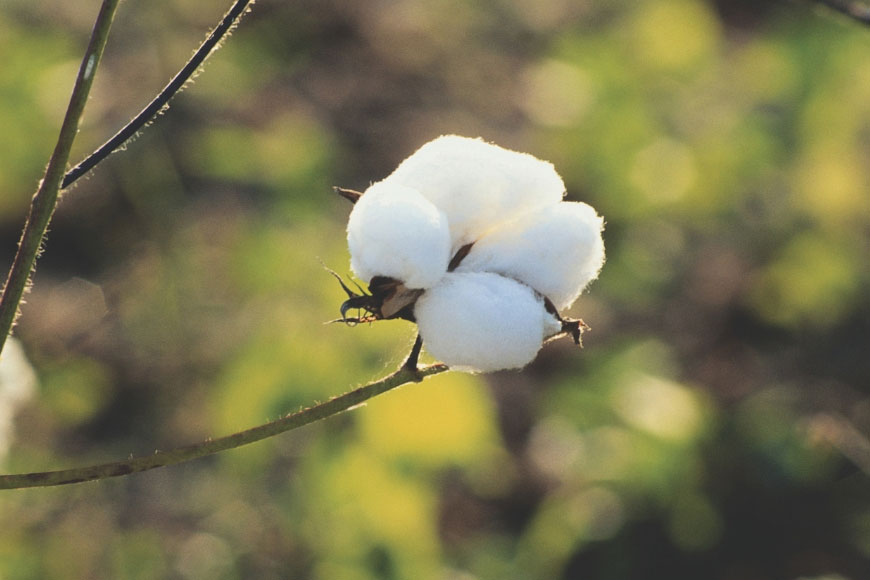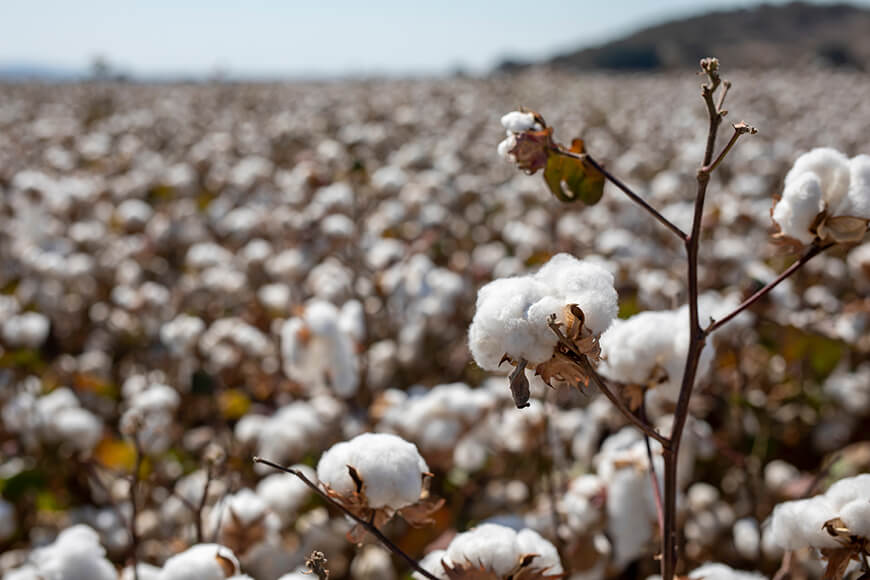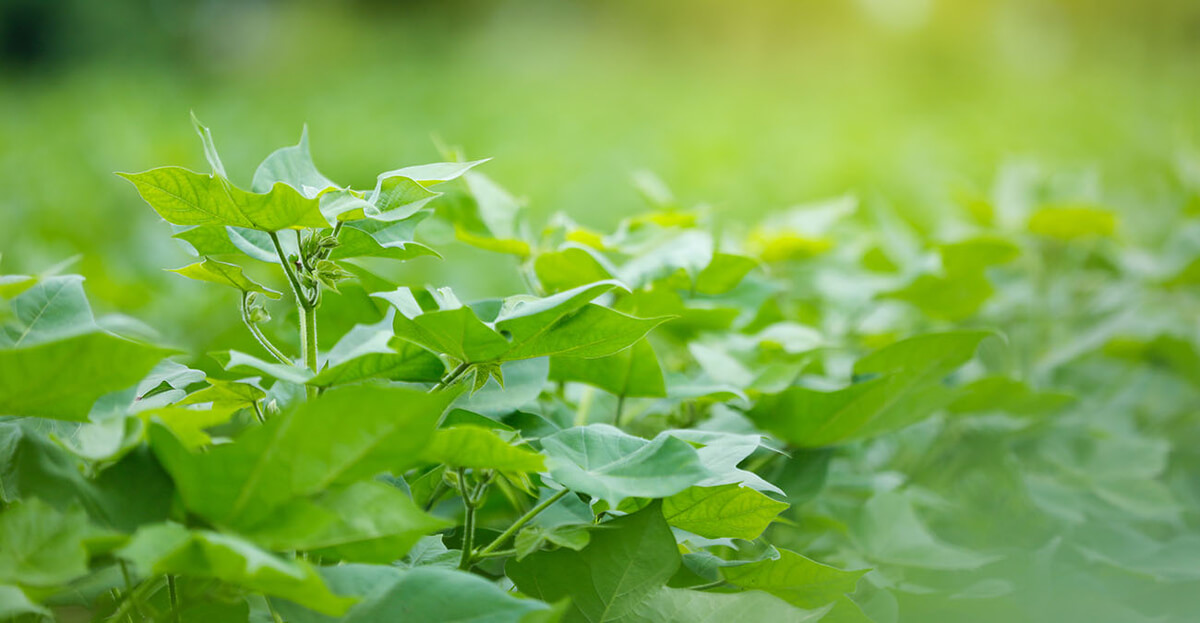
Fusarium Head Blight, commonly referred to as head scab, is a potential problem for wheat growers year after year. This fungus is typically caused by Fusarium graminearum, which is also known to cause Gibberella Ear Rot in corn. This disease is most easily identified when harvest is drawing near. An infected spikelet will look white and may look pinkish toward the rachis. A single spikelet, multiple spikelets, or the entire head can be affected. In severe cases, this can be a big robber of yields. The seed will be dead, shriveled and have a low test weight. This disease is also associated with mycotoxins. But take note, you can have head scab without mycotoxins and mycotoxins without head scab.
The head scab fungus overwinters in corn residue making control difficult. However, an infection is totally dependent on the weather. In the spring, the spores are already present because corn residue is basically in every other field. But conditions must be warm and wet to get the spores reproducing. If the conditions are right and you have a rain shower when your wheat crop is in the processing of flowering, the fungus can infect the wheat. The rain at flowering is crucial for infection. A severe and widespread outbreak of head scab means several conditions have perfectly aligned.
There are a number of management practices that may be implemented to control head scab. It is best to have different maturities of wheat to stagger your dates of flowering. This ensures that one rain event will not put your entire crop at risk. Another method of defense is to plant varieties that show some tolerance to head scab. There are varieties that have shown tolerance to the disease and as well as varieties with a gene resistance. A third method of control is fungicide. There are several fungicides that can be used but none of them offer a cure-all for the disease. Fungicides must be applied when the majority of the field is flowering. Even the best fungicides with the timeliest of applications have shown to only get up to 50 percent control. Dry weather conditions are the best control for this disease. Of course, we have no control over the weather, so we use multiple preventable measures to attempt to lessen the damage of head scab in our wheat crop. Weather is the main factor in determining the severity of this disease. In any given year the spores are present, and the capability of having an outbreak is there.
Special thanks to Armor Seed Sales Agronomist Jay Middleton in Kentucky for authoring this piece.











